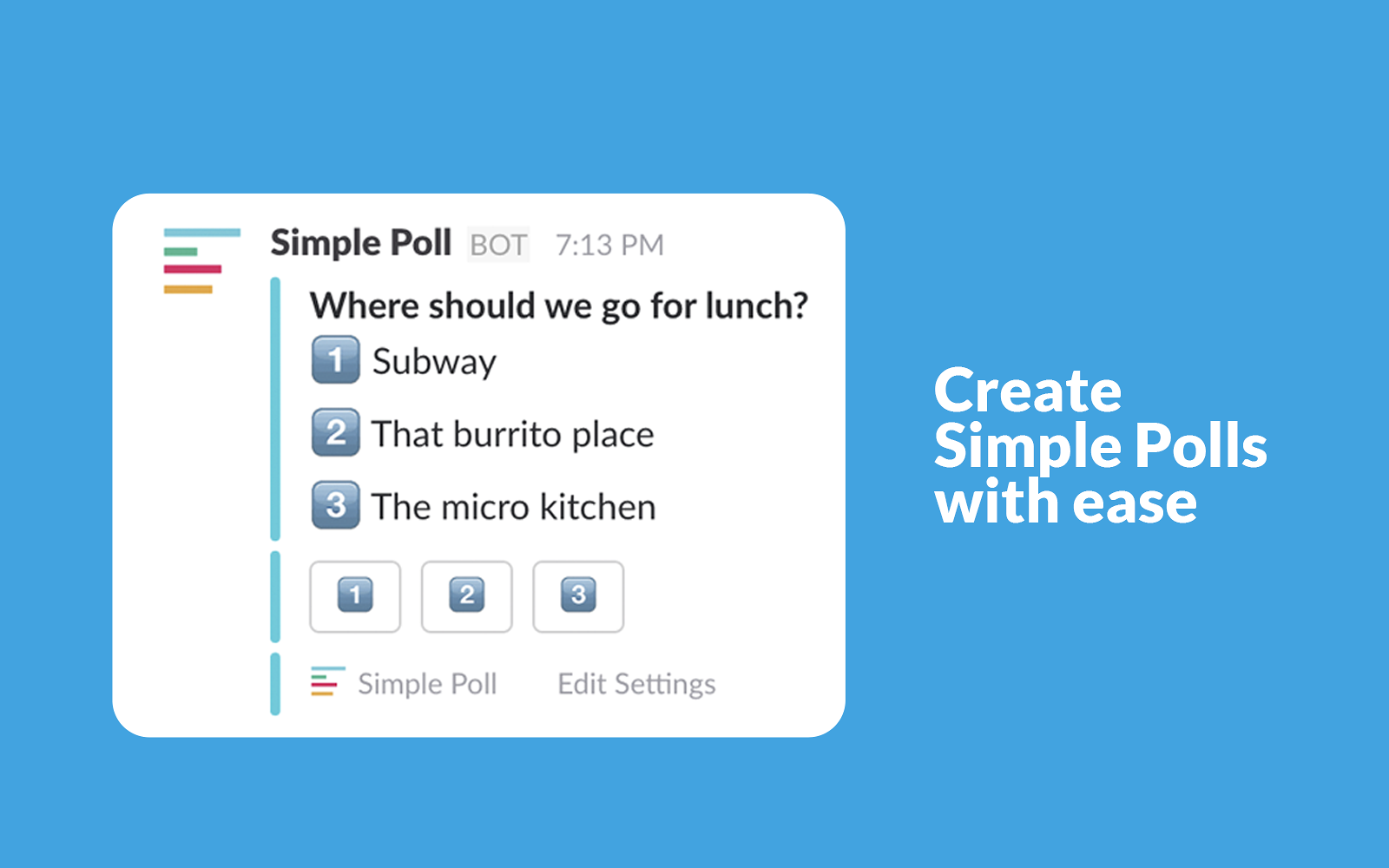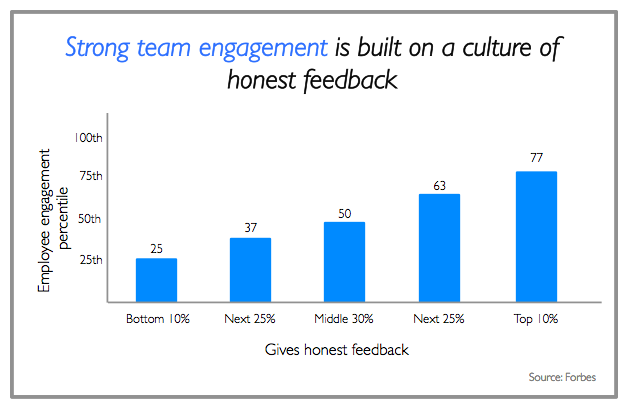Stepping away from your day-to-day work and spending time together with your team is a great way to inculcate team spirit. And realign employees with the organization’s goals and vision. Especially if you have a part of your team working remotely. You’ll notice some companies planning offsite for a day while others booking out an entire weekend. We recently did an offsite. So we wanted to share the learning from our own experience during the offsite as well as the planning process that preceded it.
But first, let’s start from the one team we got inspired for a team offsite from – Buffer.
Buffer has perfected the art of planning team retreats. They believe that offsite work helps the team to work smarter. And this is why they plan one every 5 months.
For each retreat, Buffer found a new way of doing work, setting up sessions, building an enterprise project, and even having daily stand-up meetings.
“We do retreats so that everyone has the chance to experience new cultures and grow more open-minded.”
Buffer
While a team offsite is supposed to be relaxing, it’s crucial to do some planning so that it doesn’t spin out of control, becoming too spontaneous and haywire. Different people, different mindsets – you know how that can go!
So right from putting up out-of-office status to setting up an agenda, and planning a few team activities together, it’s important to give your team offsite some direction.
Coming back from one and having asked so many other companies who have done it before, here are the ten tips we kept in mind and tried to stick to, to plan our team offsite.
So without further ado, here’s how to run a product team off-site!
Top 10 tips to run a good team offsite
1. Set the agenda and expectations even before you start
While some team offsites are solely to relax and bond with each other, some organizations plan a hybrid retreat. They schedule a few days for work and defining their growth road map together, and fit in enough days for sightseeing and adventure sports.
Now while you might have one thing in mind, there’s a high chance that some of your team members have completely different expectations. So before you begin planning the team offsite, start by setting an agenda and what your team can expect from it.
Once you’ve set the agenda, let the team know what you are thinking of doing during the team offsite. This won’t just prepare them for all the activities you have lined up for them, but also give them a chance to suggest changes to make it better.
For instance, let your team know that there is one day dedicated to ideation. This would give them sufficient time to think about what they’d like to bring to the table.
Similarly, if you have adventure sports lined up, employees who are squeamish about them can raise their concerns and let you know beforehand. This way you don’t end up spending resources on trying to get them to participate or have any last-minute disappointments coming your way.
After all, you need to respect everyone’s comfort zone and still be able to get them to participate in things that the team is doing together.
2. Set a budget and stick to it
Your organization is bound to incur some expenses during the team offsite. Before you start planning your activities, it is crucial to ensure that you have set aside a budget for the team retreat. It is important that you don’t end up draining all your resources just to have a few days of fun with the team.
Setting a budget allows you to plan the team offsite more effectively. It gives you an approximate figure on what kind of accommodations you can go for, what activities you can plan, how you travel and what you can or cannot include in company expenditures for the team.
Say you are a team of ten people. In this case, choosing an Airbnb could be a better bang for the buck than booking hotel rooms. Plus, the common areas in an Airbnb will give the team more flexibility to sit together and have fun.
3. Set up a schedule for each day
While you don’t need to plan out each minute of the day, set aside a few activities for everyone every day. You don’t want people to wake up on their first day of the retreat and scramble to put together a schedule for the day. You’ll just end up stepping out to eat and not really doing anything other than eat – imagine wasting an entire day when you’re travelling internationally.
No one’s asking you to make a military routine. It is okay to let your team know that everyone needs to step out for breakfast by a certain time so that they can enjoy other activities throughout the day as well. Trust us, they’ll only thank you for this later when they come back with so much done!
Also, this helps you avoid last-minute surcharges. When you’re travelling, tour organizers tend to overcharge when they see you have no other option. But when you plan things ahead, you have a package in hand already and you don’t end up paying ‘extra’ for something that could come cheaper. You could use all that saved money for another activity for that matter.
For example, you plan on a team trek at the destination. This requires you to buy a package with a local travel planner. The package includes food and clothing that you would need during the trek. Now if you forget to pre-plan and book this package, there is a high chance that the slots for trek teams are full on the day you’ve decided to go. There’s also a chance that the planner asks you to spend a few extra dollars to ‘fit you in’.
The choice is yours!
Here’s a template you can use:

Pro-tip: If you’re planning to get some work done during the team offsite, schedule all outings during the day. By making the most out of the day time, you can set aside the evenings for work and team dinner. Or to simply relax and prepare for the next day.
4. Follow an out-of-office checklist to prepare beforehand
Once you’ve finalized the dates of your workcation, don’t forget to put up your out-of-office status for the days you’ll be away. This means setting up an automated email response, blocking your calendar, and finishing up any pending work, to name a few. Remind your team members to do the same.
For some of your employees, this may also mean preponing or postponing meetings. For others, it may require scheduling their blog posts and social media updates ahead of time.
The idea is to be able to continue doing what requires ongoing effort, without certain team members having to sit down for hours during the off-site. We call it planning work better so that no one has to come back to an overwhelming amount of pending work.
Not sure if you’ve checked everything off your list before the team retreat? This out-of-office checklist will ensure that your task list is empty and everything is well-scheduled much in advance.
5. Plan fun, outdoor activities for team bonding
We don’t need to quote a study to prove that fun, outdoor activities can be a great way to bond. You can plan adventure sports like white water rafting or group hikes or even light outdoor activities like camping as a way for the team to bond. It builds camaraderie. Buffer, for instance, took surf lessons when they went on their team retreat to Sydney.
But not everyone on the team is going to be a surfing enthusiast. So how do you really decide what you should plan on the team offsite?
To make planning outdoor activities better, create a list of attractions at the destination you’re at. With a line explaining what is unique about each of those attractions, set up a quick poll. Apps like Simple Poll make it really easy to add a quick poll to your Slack channel. Even the smallest of decisions can be made easy with a quick poll. No to and fro at all!

If your team usually works remotely, you’ll want them to mingle well. Pick up one of the many games designed to break the ice to get your team members more comfortable with each other. Remember to make them a natural part of your day planned out.
6. Revisit the larger goals of the company
A team retreat is a great place to open up a conversation about the organization’s larger picture. You can use this workcation to reestablish the mission and vision that the team is working towards. This conversation is important to rebrief everyone about what they are working towards and ensure that everyone shares the same vision for the organization.
This is also a great time to talk about the individual goals of your team. Understanding their goals will help you identify how and why behind your team’s day to day functioning. It will also help you enable your team to do better work. When you understand what they need and expect and their current roadblocks, you can work better together.
When you align yourself with your team’s individual goals, you ensure your employees are aligned with the company’s larger goals.
Good off-site team meetings can go a long way!
7. Set aside some time for feedback (and positive criticism)
Feedback is an important part of any organization. Embracing feedback within your organization can help individual employees to grow, enforce an honest environment within the team and make your team culture stronger.
You can even set aside two hours during your team retreat for a feedback workshop. This can either be a collaborative, peer feedback session, or a one-on-one conversation. Learn about the feedback culture in different teams to pick up a model that works for you.

Your team retreat can also be a time to talk out any challenges and problems. This can be a roadblock within a project or even a communication challenge with a fellow team member.
By addressing issues that your team faces during the retreat, you can solve problems faster when you’re back. Use your off-site team meetings effectively!
8. Encourage one-on-one conversations between members
Is everyone in your team comfortable with each other? If not, this team retreat is the ideal time to ensure everyone has spoken to each other. Organize team-building games like hard talk and speed dating to encourage one-on-one conversations.
While they need not be the best of friends, a good working relationship between each team member is vital. For both future collaborations and to upkeep a positive team culture.
One-on-one conversations are especially important for remote teams since the team offsite is the only facetime they get to bond. Come to think of it, it isn’t all that difficult to enable. You’re all living together for a few days, it only takes one person to strike up a conversation!
9. Keep a few hours purely for ideation of new projects
From suggesting features for the project to coming up with growth hack projects. Make sure your company’s idea board will be filled with suggestions from all. You can set aside time during the team offsite to pick up the idea board and implement, park or discard these ideas.
But make sure you’re encouraging every team member to make suggestions and discuss ideas they want to work on. Be it as a team or individually, to add value to the company.
By opening the floor for suggestions, you’ll see more ownership amongst your team members. And even find ideas that will make a positive impact on your organization’s growth roadmap. As they say, getting a fresh perspective from someone can help you see new opportunities. Those that have gone unnoticed so far!
10. Send an email about the outcomes from the retreat
Once you’re back from the team offsite, send a ‘Post Team Offsite’ email, outlining the work-based decisions. And if any new projects that were introduced. Such an email can help team members quickly get a brief of any new projects they’ll be jumping into. All without having to go through their notes or wrack their brains to remember what was discussed.
But most importantly, don’t forget to share the one thing that your team members are looking forward to. Pictures from the trip, of course!
Memories and glimpses of the good times they had together is a great way to ease them back into work. You don’t want them coming back with vacation blues; you want them to come back rejuvenated and motivated to give their best.
A team offsite may be a bit time-consuming to plan. But going unprepared will only result in disappointments every now and then, demotivating your team. That’s exactly the opposite of what you want!
So plan things ahead for your team offsite. Use it as an opportunity to strengthen your team bond. Make your employees more proactive within the roles they play at the organization.
Planning a team offsite soon? We hope these tips equip you to plan a successful, productive and fun time with your team!
Know of a little tip that made your previous team offsite a success? Don’t forget to share it with us, because we want to make our next one even better.



